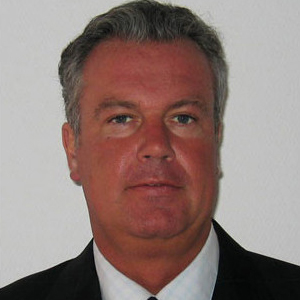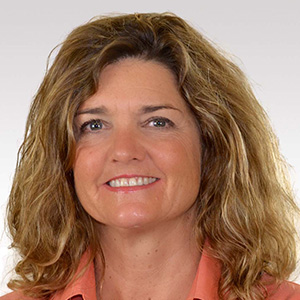Ivo Drent

Ivo Drent
Vice President of Europe Sales, AV Costar (Arecont Vision)News mentions
Amid all the discussion of security integration and end-to-end solutions on the first day of IFSEC 2016 was an undercurrent of uncertainty. The international trade show opened at ExCel London just day...
I am visiting IFSEC for the first time in several years, and one revelation is how well the event reflects the increasingly global -- and diverse -- nature of the security market. On the second day of...
The new additions to Arecont Vision support the company’s continued global expansion and sustained growth Arecont Vision, the industry leader in IP-based megapixel camera tech...






































